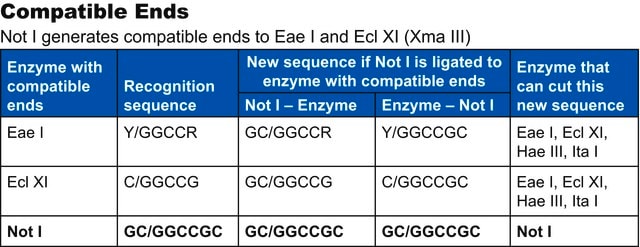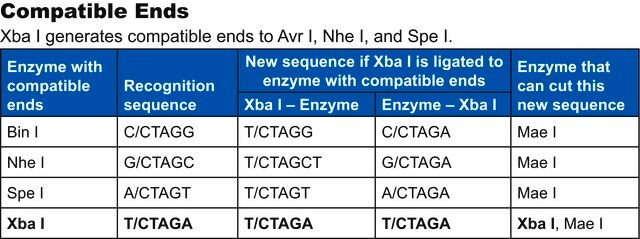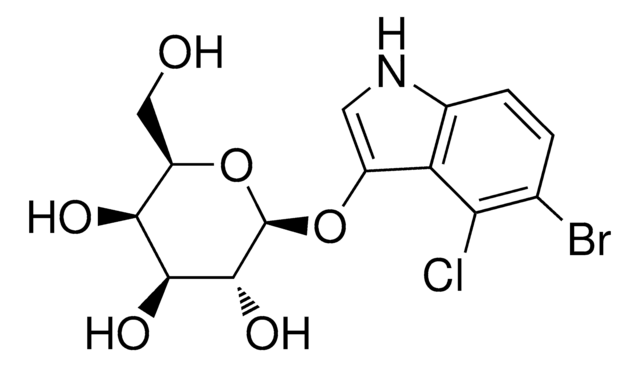R6265
EcoR I from Escherichia coli BS5
Restriction Enzyme
About This Item
Recommended Products
grade
Molecular Biology
for molecular biology
form
buffered aqueous glycerol solution
concentration
10,000 units/mL
shipped in
wet ice
storage temp.
−20°C
Looking for similar products? Visit Product Comparison Guide
Specificity
Cutting results: a 2-10-fold EcoR I overdigestion of 1 μg λ DNA substrate results in 100% cutting
Heat inactivation: 65 °C for 20 minutes.
Application
Other Notes
Unit Definition
Physical form
related product
Signal Word
Danger
Hazard Statements
Precautionary Statements
Hazard Classifications
Resp. Sens. 1
Storage Class Code
11 - Combustible Solids
WGK
WGK 3
Flash Point(F)
Not applicable
Flash Point(C)
Not applicable
Personal Protective Equipment
Regulatory Listings
Regulatory Listings are mainly provided for chemical products. Only limited information can be provided here for non-chemical products. No entry means none of the components are listed. It is the user’s obligation to ensure the safe and legal use of the product.
JAN Code
R6265-1KU:
R6265-VAR:
R6265-BULK:
R6265-5KU:
Choose from one of the most recent versions:
Already Own This Product?
Find documentation for the products that you have recently purchased in the Document Library.
Our team of scientists has experience in all areas of research including Life Science, Material Science, Chemical Synthesis, Chromatography, Analytical and many others.
Contact Technical Service









